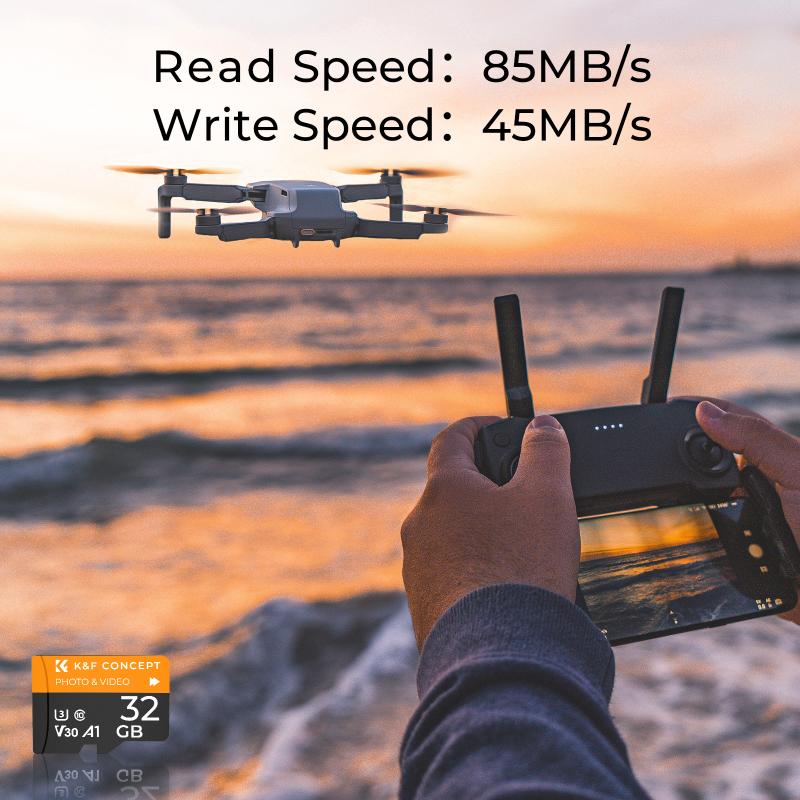How To Put Sd Card In Computer?
In today's digital age, SD cards have become an essential tool for storing and transferring data. Whether you're a photographer, a student, or a professional, knowing how to properly insert an SD card into your computer is a fundamental skill. This article will guide you through the process, addressing common issues and providing practical solutions to ensure a smooth experience.
Understanding SD Cards and Their Types

Before diving into the steps of inserting an SD card into your computer, it's important to understand the different types of SD cards available. SD cards come in various sizes and capacities, including:
1. Standard SD Cards: These are the original SD cards, typically used in older devices. They have a maximum capacity of 2GB.
2. SDHC (Secure Digital High Capacity) Cards: These cards offer higher storage capacities, ranging from 4GB to 32GB.
3. SDXC (Secure Digital eXtended Capacity) Cards: These are the latest in SD card technology, offering capacities from 64GB up to 2TB.
Additionally, there are microSD cards, which are smaller versions of SD cards used in smartphones, tablets, and some cameras. These often come with an adapter to fit into standard SD card slots.
Step-by-Step Guide to Inserting an SD Card into Your Computer

Step 1: Locate the SD Card Slot

The first step is to locate the SD card slot on your computer. Most laptops and some desktop computers come with built-in SD card readers. The slot is usually located on the side of a laptop or the front panel of a desktop. If your computer does not have a built-in SD card reader, you can purchase an external USB card reader.
Step 2: Prepare the SD Card

Before inserting the SD card, ensure it is clean and free of dust or debris. Inspect the card for any visible damage, such as cracks or bent pins. If the card is dirty, gently clean it with a soft, dry cloth.
Step 3: Insert the SD Card
Hold the SD card with the label facing up and the gold contacts facing down. Gently insert the card into the slot until it clicks into place. Do not force the card, as this can damage both the card and the slot. If you are using a microSD card with an adapter, insert the microSD card into the adapter first, then insert the adapter into the SD card slot.
Step 4: Access the SD Card
Once the SD card is inserted, your computer should automatically recognize it. On Windows, you will see a notification in the taskbar, and the SD card will appear as a removable drive in File Explorer. On a Mac, the SD card will appear on the desktop or in the Finder sidebar.
Troubleshooting Common Issues
Despite following the steps above, you may encounter some issues when inserting an SD card into your computer. Here are some common problems and their solutions:
Issue 1: SD Card Not Recognized
If your computer does not recognize the SD card, try the following solutions:
- Check the Card Reader: Ensure the card reader is properly connected and functioning. If you are using an external reader, try connecting it to a different USB port.
- Update Drivers: Outdated or missing drivers can prevent your computer from recognizing the SD card. Update your card reader drivers through the Device Manager on Windows or the System Preferences on a Mac.
- Try a Different Card: Test the card in another device to determine if the issue is with the card or the reader.
Issue 2: Read/Write Errors
If you encounter read/write errors, consider these steps:
- Check for Write Protection: Some SD cards have a write-protect switch on the side. Ensure the switch is in the unlocked position.
- Format the Card: If the card is not formatted correctly, it may cause errors. Backup any important data and format the card using your computer's disk management tools.
Issue 3: Slow Performance
If the SD card is performing slowly, try these tips:
- Use a High-Speed Card: Ensure you are using a card with a high-speed rating, especially for tasks like video recording or transferring large files.
- Optimize Your System: Close unnecessary applications and processes to free up system resources.
Best Practices for Using SD Cards
To ensure the longevity and reliability of your SD cards, follow these best practices:
1. Safely Eject the Card: Always use the "Safely Remove Hardware" option on Windows or "Eject" on a Mac before removing the SD card. This prevents data corruption.
2. Store Properly: Keep your SD cards in a protective case when not in use to prevent physical damage and exposure to dust or moisture.
3. Regular Backups: Regularly back up the data on your SD cards to avoid data loss in case of card failure.
Inserting an SD card into your computer is a straightforward process, but it requires attention to detail to avoid potential issues. By following the steps outlined in this article and adhering to best practices, you can ensure a smooth and efficient experience with your SD cards. Whether you're transferring photos, videos, or important documents, understanding how to properly use and maintain your SD cards is a valuable skill in today's digital world.
